Do you know that your trapezius muscles do far more than just give you a broad-shouldered look? They play a key role in posture, neck health, and upper-body stability.
Yet, most people unknowingly neglect their traps or over-rely on basic shrugs. If you’re tired of the same-old dumbbell routines, it’s time to unlock the power of your gym’s hidden gems.
This guide will introduce you to 10 must-try trapezius exercises using gym equipment you’re probably overlooking — each designed to sculpt, strengthen, and stabilize your traps.
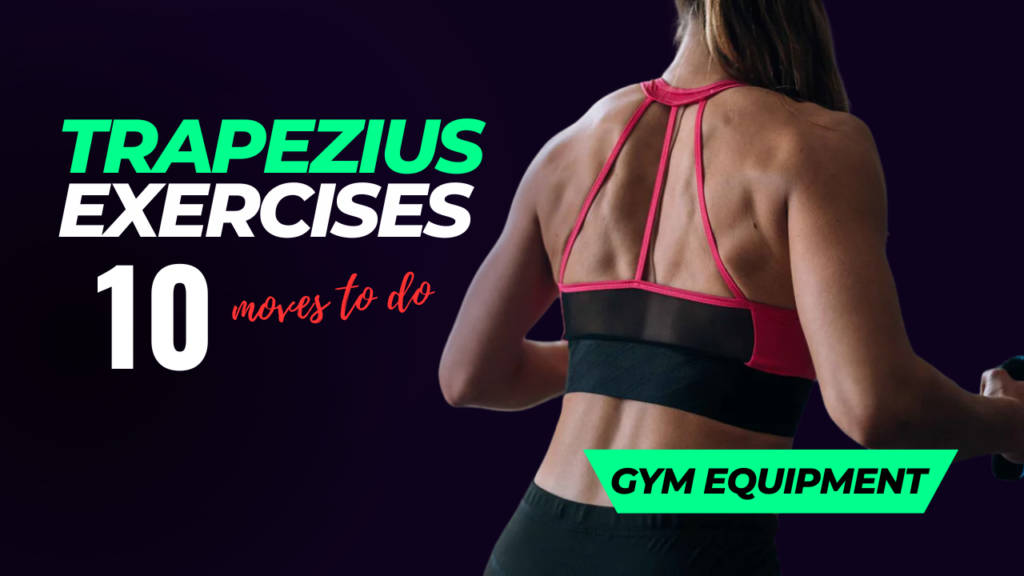
Table of Contents
What Can Happen After 30 Days of These Trap Exercises?
| Positive Changes | Potential Challenges |
|---|---|
| Improved upper body strength and stability | Muscle soreness, especially in the early days |
| Enhanced posture and shoulder alignment | Risk of overtraining if rest days are skipped |
| More visible muscle definition in traps | Minor neck or shoulder strain if form is incorrect |
| Increased confidence in gym performance | Plateau in results if intensity isn’t progressively increased |
| Better mind-muscle connection and control | Fatigue if recovery and nutrition are not adequate |
Trap Training: Do’s & Don’ts
| Do’s | Don’ts |
|---|---|
| Use a variety of equipment to hit traps from different angles | Rely solely on dumbbell shrugs |
| Focus on controlled, smooth movements | Use momentum or jerky motions |
| Keep your neck in a neutral position to avoid strain | Overextend your neck during lifts |
| Start with moderate weights and increase gradually | Go too heavy too soon |
| Squeeze your shoulder blades at the top of each rep | Let the weights pull your shoulders down |
| Train traps 2–3 times per week for recovery | Train traps every day without rest |
| Combine compound and isolation exercises for balance | Skip warm-ups or cool-downs |
| Listen to your body and adjust as needed | Ignore pain or discomfort during exercises |
1. Cable Face Pulls
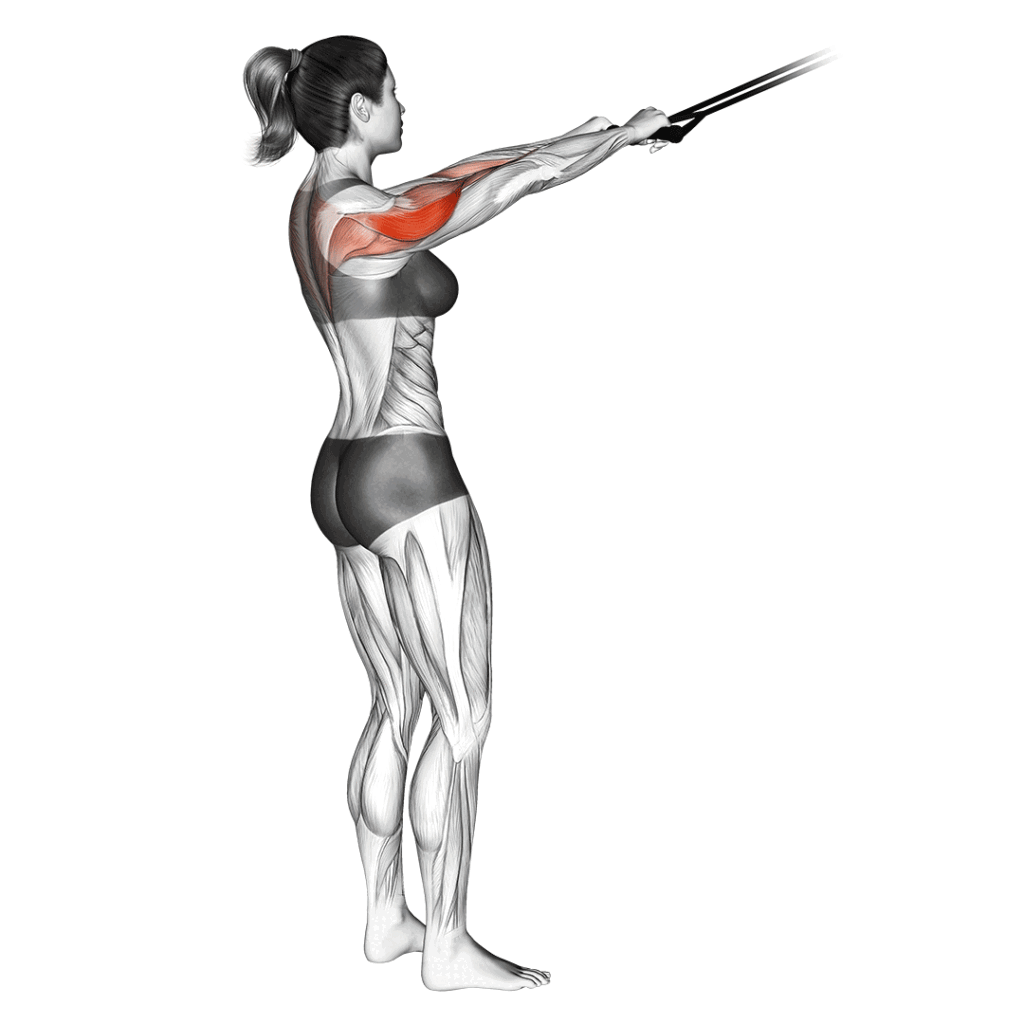
Interesting Fact: Face pulls are often recommended by physical therapists to correct posture.
- Setup: Attach a rope to the high pulley on a cable machine.
- How-to: Grasp the rope with both hands, pull it towards your forehead, keeping your elbows high and squeezing your shoulder blades.
- Why it works: It targets the upper traps and rear delts, promoting better shoulder alignment.
2. Smith Machine Upright Rows
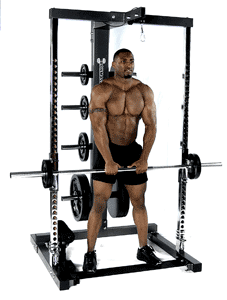
- Setup: Load a Smith machine bar to a moderate weight.
- How-to: Stand with feet hip-width apart, grip the bar with palms facing you, and pull the bar vertically toward your collarbone.
Myth Buster: Many avoid upright rows due to shoulder injury fears. However, the Smith machine stabilizes the bar, reducing risk if done with proper form.
3. Reverse Pec Deck Flys (Rear Delt Machine)
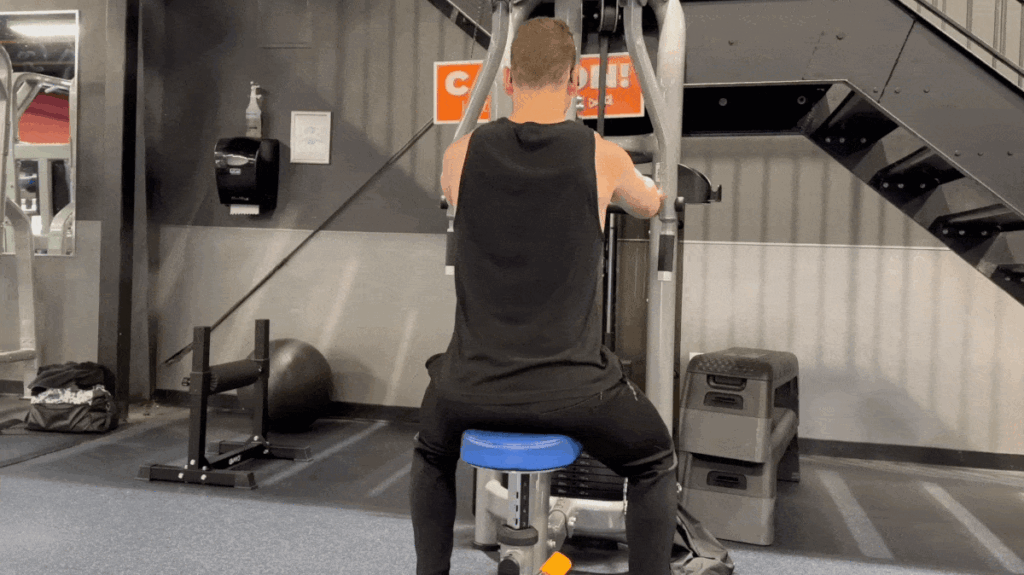
- Setup: Sit facing the pec deck with handles at shoulder height.
- How-to: With elbows slightly bent, pull the handles outward and backward, squeezing shoulder blades together.
- Why it’s unique: While commonly used for rear delts, it’s highly effective for engaging the mid traps.
4. Trap Bar Shrugs
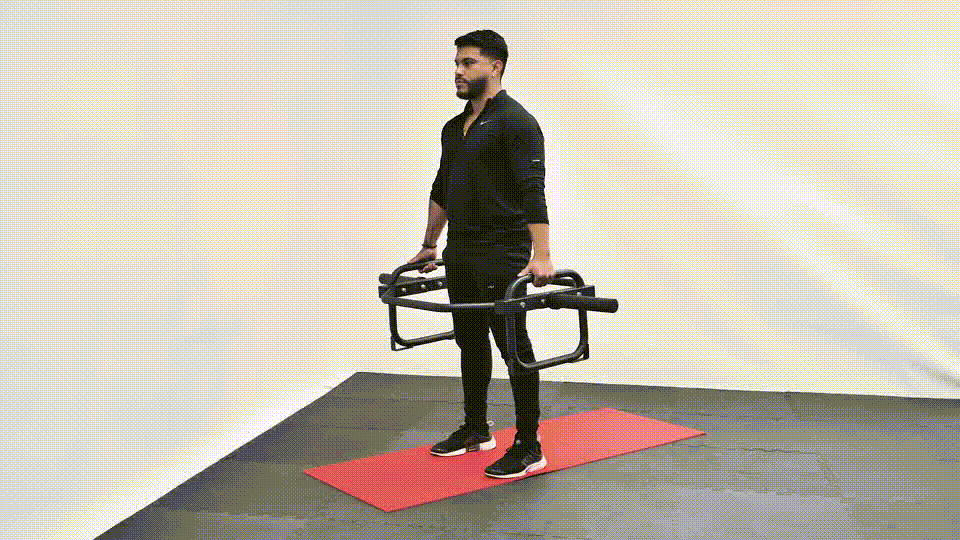
- Setup: Load a trap bar (hex bar) on the floor.
- How-to: Stand inside the bar, grip handles, stand tall, and shrug your shoulders upward. Hold briefly before lowering.
Fun Fact: The trap bar’s design allows a neutral grip, reducing wrist strain and maximizing trapezius engagement.
5. Incline Dumbbell Shrugs
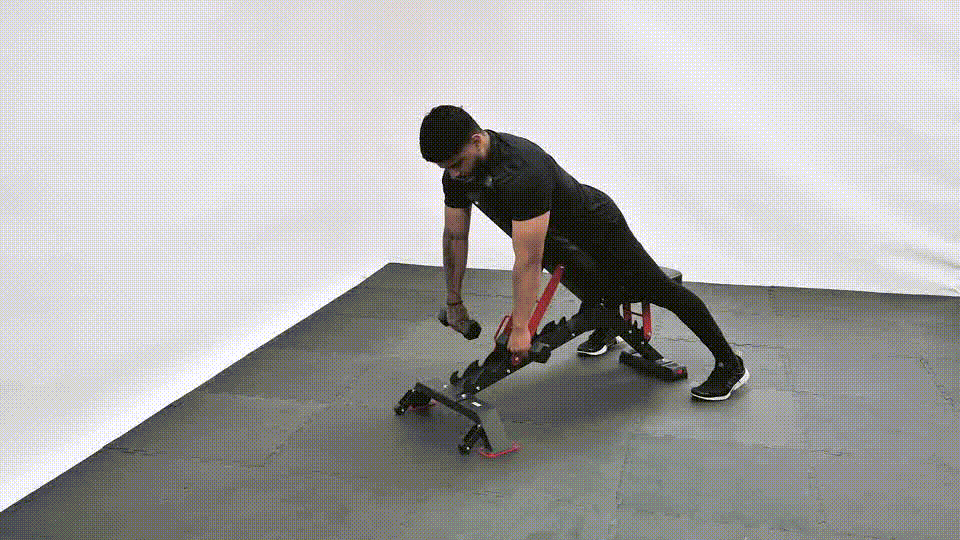
- Setup: Sit on an incline bench (30–45 degrees) holding dumbbells.
- How-to: Let arms hang, then shrug shoulders up toward ears. Hold for a count, then release.
- Why it’s effective: The incline angle shifts focus to the upper and middle traps.
6. Cable Scapular Elevations
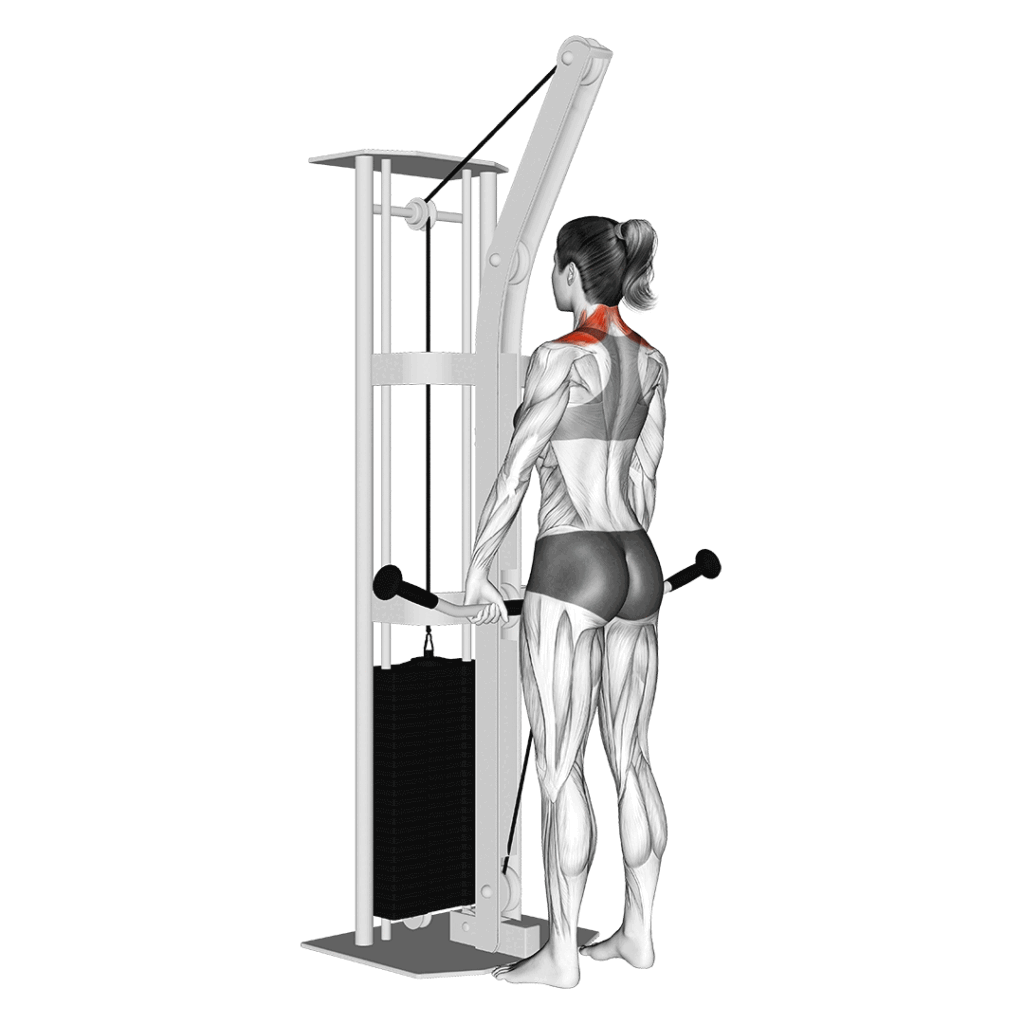
- Setup: Attach handles to a low cable pulley.
- How-to: Stand upright, holding handles at sides. Keep arms straight and lift shoulders as high as possible.
- Pro Tip: This isolates the upper traps and allows for controlled, high-rep work.
7. Incline Bench Cable Reverse Flys
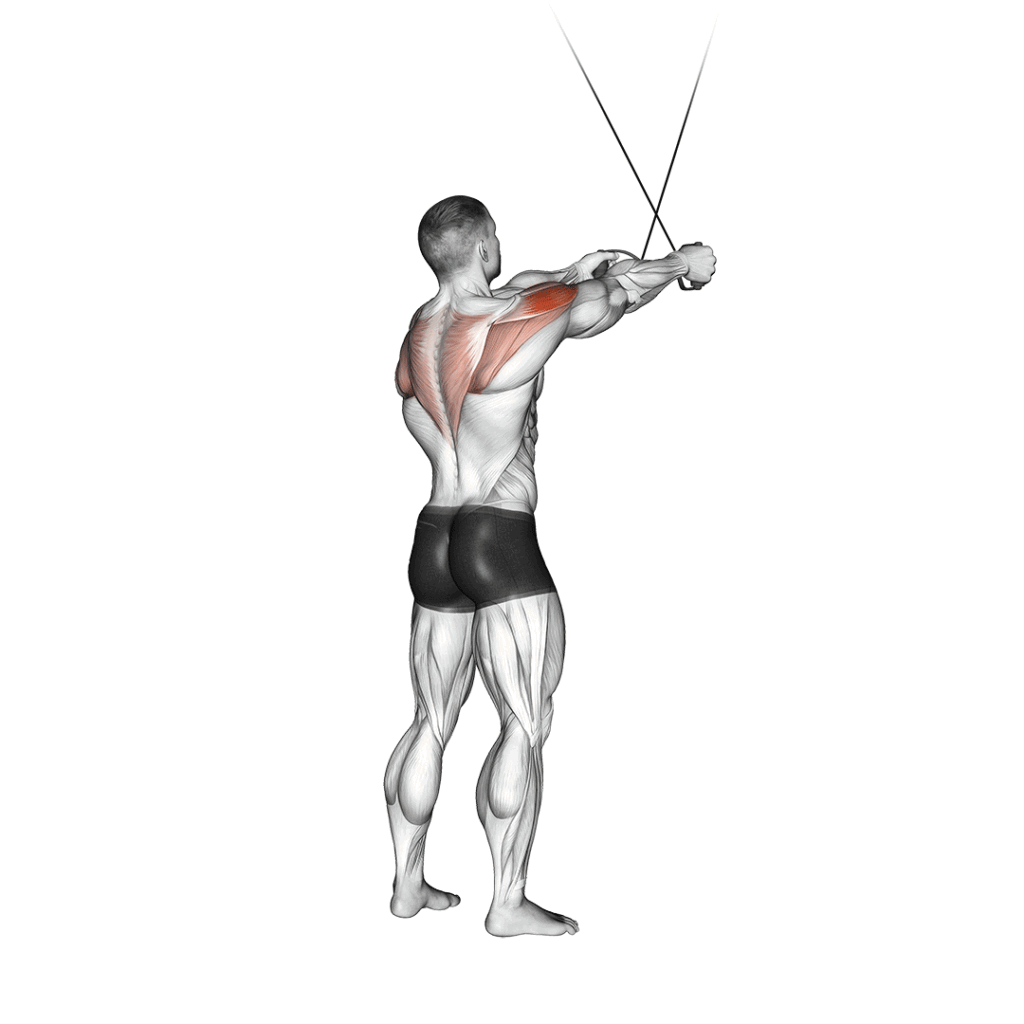
- Setup: Place an incline bench between two low pulleys.
- How-to: Lie face-down, grab handles, and pull them outward in a reverse fly motion.
- Why it stands out: The cables provide constant tension, activating the mid and lower traps more effectively than free weights.
8. Smith Machine Overhead Shrugs

- Setup: Set the bar on a Smith machine at shoulder level.
- How-to: Grip the bar overhead, push it upward, and shrug your shoulders at the top of the press.
Did you know? Overhead shrugs emphasize the lower traps and rotator cuff stability — crucial for shoulder health.
9. Seated Cable Row with Wide Grip

- Setup: Attach a wide bar to the low pulley.
- How-to: Sit tall, grip the bar wide, and pull it to your upper chest while squeezing the shoulder blades.
- Why it’s different: Unlike the traditional close-grip row, the wide grip focuses on the mid traps and rear shoulders.
10. Behind-the-Back Barbell Shrugs
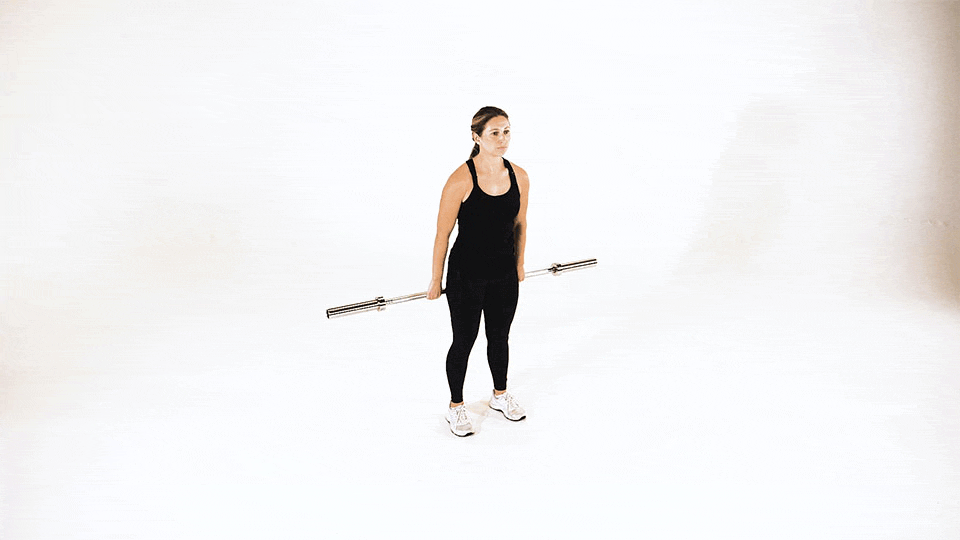
- Setup: Load a barbell, and position it behind your back.
- How-to: Stand with feet hip-width apart, grip the bar, and shrug shoulders back and up.
- Why it works: This variation hits the upper traps from a new angle, improving overall definition and strength.
Conclusion:
You’ve just discovered 10 innovative trapezius exercises that not only sculpt but also enhance posture, stability, and overall upper body strength.
The next time you step into the gym, skip the overused dumbbells and give these gym machines and setups a chance. Your traps will thank you — and so will your shoulders, neck, and posture.
Frequently Asked Questions (FAQs)
What is the main function of the trapezius muscle?
The trapezius muscle supports posture, stabilizes the shoulders, and facilitates head and neck movement. It’s divided into upper, middle, and lower sections, each with specific roles like elevating the shoulders or pulling the shoulder blades together.
Can I train my traps every day?
While the traps are strong and resilient, daily heavy training can lead to overuse injuries. It’s best to train them 2–3 times per week with a mix of heavy and moderate loads, allowing for adequate recovery.
Are shrugs the only way to build trapezius muscles?
No, shrugs are just one way. The traps can be targeted with a variety of movements, including face pulls, reverse flys, and scapular elevations. Incorporating different angles and equipment maximizes growth and strength.
Is it true that big traps make your neck look shorter?
This is a common myth. Well-developed traps can make the neck appear thicker but don’t physically shorten it. In fact, balanced trap development often leads to better posture and a longer-looking neck.
Which gym equipment is most effective for trap training?
Cable machines, Smith machines, and specialized bars like the trap bar offer unique angles and constant resistance, making them excellent for trap isolation. Using these in combination with free weights creates a balanced training approach.
How do I avoid neck strain when training traps?
Focus on proper form, use moderate weights initially, and avoid jerking movements. Keep your neck in a neutral position and control the lift’s tempo to minimize risk.
How long before I see visible results in my traps?
Results vary, but with consistent training (2–3 times per week) and proper nutrition, you may start noticing changes in 4–8 weeks. Progressive overload and exercise variety are key factors for growth.
Do I need heavy weights to grow my traps?
Not necessarily. While heavy weights can help, controlled movements with moderate loads and high tension (like in cable exercises) can be equally effective. Proper form and mind-muscle connection often yield better results than sheer weight.










